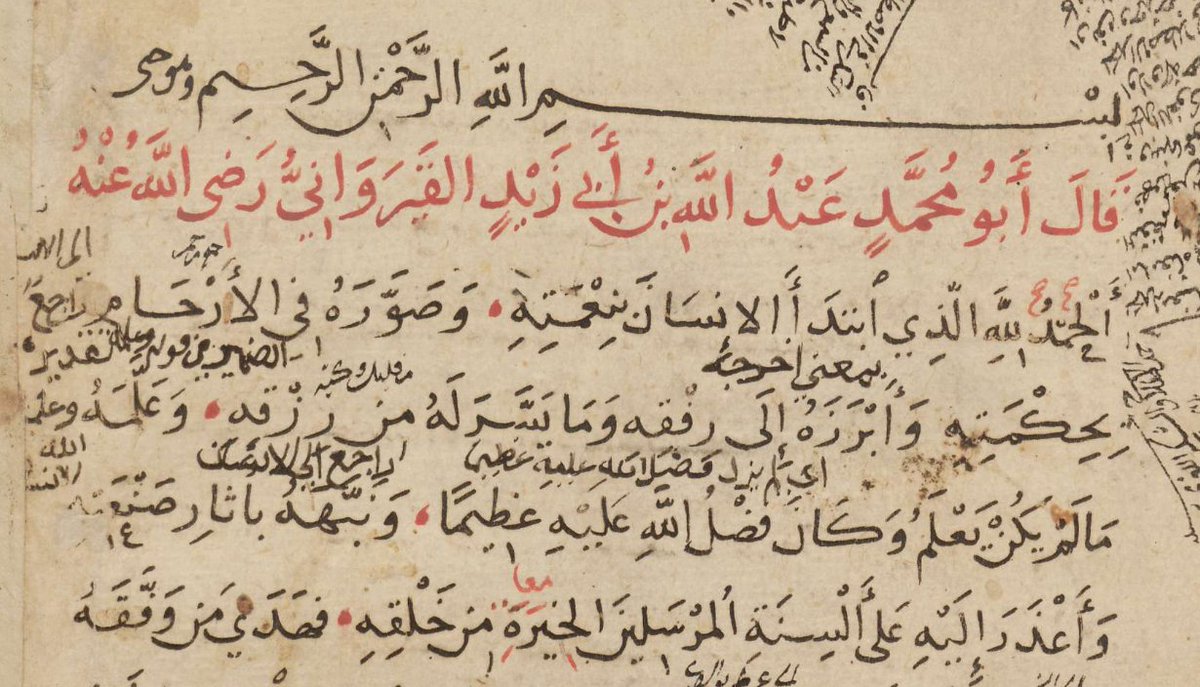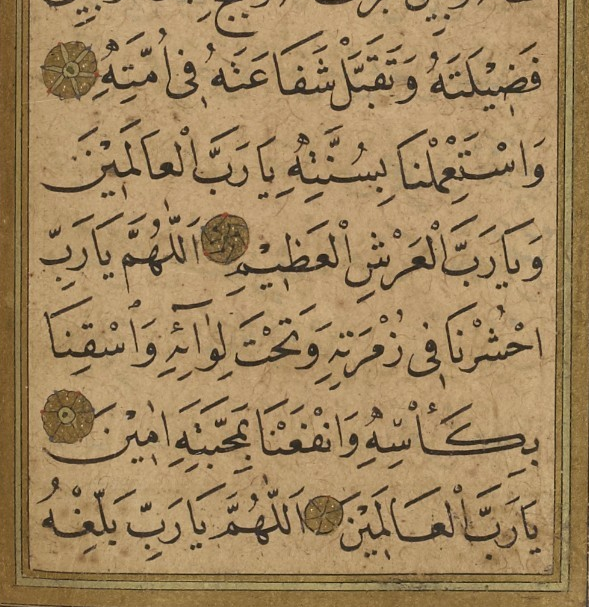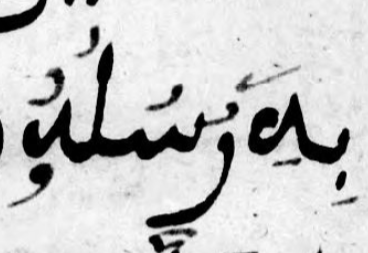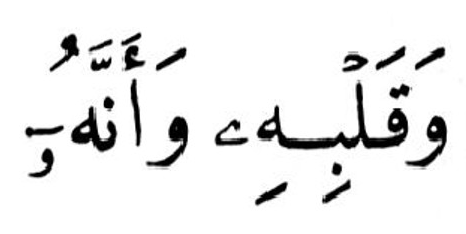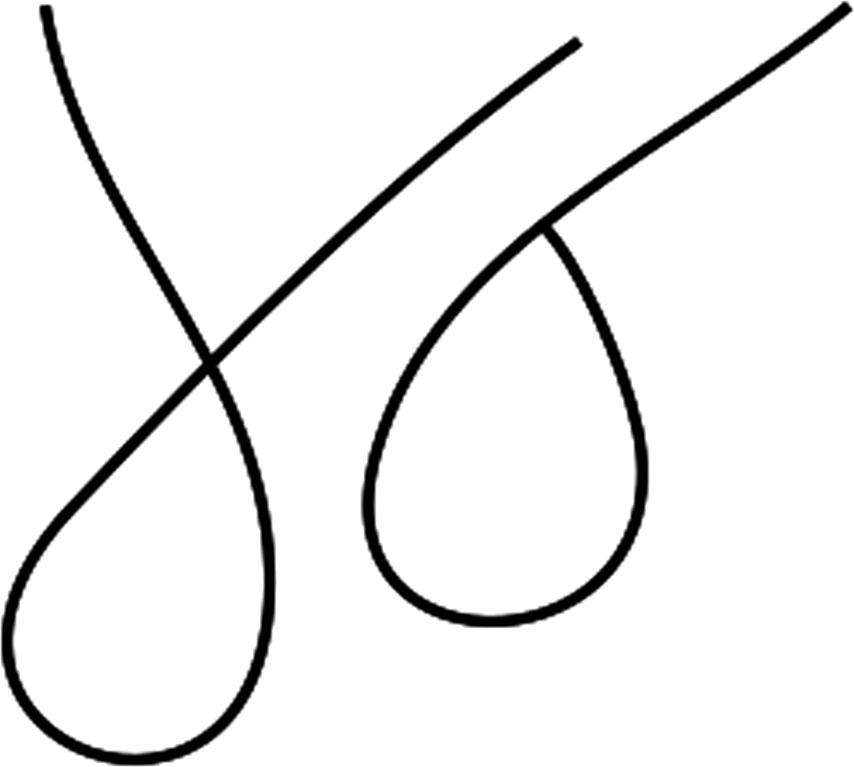When it is regular, one must seriously consider that the writer actually considered these to be short.
gallica.bnf.fr/ark:/12148/btv…
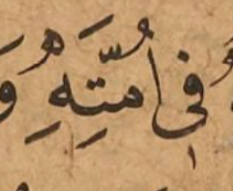
That's it for today, soon a thread on hamzah placement!
ko-fi.com/phdnix.
If you want to support me in a more integral way, you can become a patron on Patreon!
patreon.com/PhDniX

